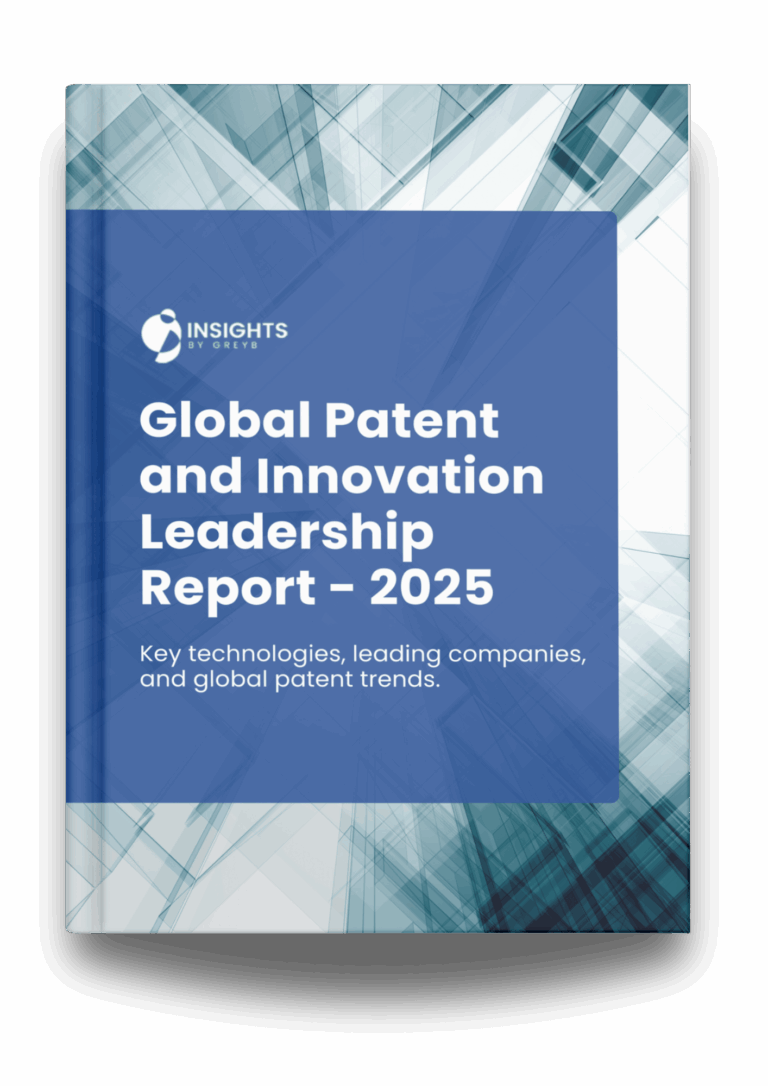Imagine an implant that restores vision to the blind, seamlessly linking the brain with cutting-edge technology. Blindsight transforms lives by converting visual data into neural signals, allowing users to “see” through an advanced sensor interface. This tiny, brain-implanted marvel offers real-time visual processing and adapts to various levels of vision loss with an easy-to-use interface. In an age where technology often feels detached, Blindsight stands out for its deeply human touch, rekindling a connection to the world and marking the dawn of a revolutionary era in neuroprosthetics where human and machine unite in limitless possibilities.

What makes Neuralink’s Blindsight unique and innovative?
Direct Brain Interface: Converts visual information into neural signals for a natural visual experience.
Real-Time Processing: Offers instantaneous and accurate perception of surroundings.
Adaptability: Accommodates various levels of vision loss.
Revolutionary Neuroprosthetics: Advances the field by merging human and machine, opening new possibilities.
Seamless Integration: Feels like a natural extension, not an intrusive device.
Technology behind Neuralink’s Blindsight
“Resolution will be low at first, like early Nintendo graphics, but ultimately may exceed normal human vision”
– Elon Musk, Founder, Neuralink Corp.
We’ve analysed the patents associated with this breakthrough in the future of sight. Below, you’ll find summaries of the key patents that make this technological marvel a reality!
The futuristic robotic surgery is disclosed in the patent, US11712306B2. This cutting-edge method uses optical coherence tomography (OCT) to receive cross-sectional tissue images and create a depth map, guiding the robotic tool with precision. The process involves smoothing intensity values, setting thresholds, filtering blobs and detecting edges, all enhanced by a selective median filter. The figure below is an illustration of this revolutionary robotic surgery system in action with OCT.
Safe and efficient wireless power transfer for implantable medical devices is described in the patent, US20230198316A1 which minimizes electric field leakage to surrounding tissue. With a specially shielded transmitter coil and a cleverly split receiver coil, electric fields are kept at bay. This advanced configuration ensures reduced electric field transfer to tissue, while separate grounding prevents any ground loop issues. The image below illustrates a perspective view of an implanted neural device.
The image below illustrates a perspective view of the implant.
A cutting-edge chip for effortlessly transmitting neural signals from electrodes to a computer is disclosed in the patent, US11663151B2. This chip captures neural voltages and allows selection of specific amplifiers based on instructions. The chosen signals are neatly packaged and sent off the chip, ensuring efficient sampling and transmission of varying-length neural signals. The figure below illustrates an exploded view of a charging coil.
As the race to restore vision intensifies, companies like Second Sight and Bionic Vision Technologies are making notable progress. However, Neuralink‘s Blindsight stands out with its direct brain interface and real-time visual processing, offering a more natural and intuitive experience. Unlike its competitors, Blindsight adapts to different levels of vision loss and integrates effortlessly into everyday life with its user-friendly design. The transformative potential of Blindsight is immense, promising to not only restore sight but also redefine our connection to the world.






